Why and how. Continue reading
Motivation: The primary inspiration for this monstrous undertaking was Jack Vance’s remarkable autobiography, This is Me, Jack Vance! When the pandemic suddenly endowed me with an unexpected surfeit of leisure time in the spring of 2020, I read many books. One of the best was the Italian version of Vance’s award-winning autobiography. Three things impressed me the most about the man and his work:
- Jack Vance was such a cool guy. He did so many interesting things (including cheating on his eye exam to get into the Navy), and he and his wife took truly amazing international vacations.
- Vance was tremendously talented, and not just as a writer. Even more impressive was his discipline. He wrote most of his books when he ran out of money on extended vacations! He could sit down in an exotic location and churn out four thousand words a day. His wife typed up his output as fast as he could write it. He evidently sent his second drafts to the publisher, and nearly all were accepted.
- He dictated his autobiography when he was in his nineties and BLIND! He must have relied almost entirely on his memory; his friends and colleagues were almost all dead when he started the project.
When it became evident that the pandemic would be around for months, if not years, In June of 2020 I realized that I had been accorded a unique opportunity to attempt a huge project. The idea of trying to document my own life in a thorough manner took root in my imagination. I had often claimed that I had a million good stories. In the beginning my primary objective was to assure that as many of those amusing anecdotes as possible were recorded while I could still remember them. I had no doubt that many people and events had already faded from my memory or morphed into something that no longer resembled reality. Even so, I felt compelled by fate to transcribe as many as possible as accurately as possible.
I started with my Army days. So many utterly bizarre things happened in those eighteen months that I wanted to write about them before more memories became blurred or distorted. My biggest regret in life—bar none—was my failure to keep a journal when I was in the Army. I certainly had plenty of free time. I had no social life; I played golf, but my evenings were almost always free. I even had a typewriter. It just never occurred to me to write about my experiences.
After completing a few blog entries about my heroic stint defending the country, I wrote about my last undergraduate semester at the University of Michigan. This was one very painful entry that I just wanted to get out of the way.
I soon became enchanted with the process of researching and writing. I no longer just wanted to retell humorous anecdotes. I thoroughly enjoyed digging up references to familiar people and events and reliving ancient memories. I set up a timeline in a spreadsheet and gradually filled most of it in. From that point on, I have released entries in a close approximation of chronological order.
The Format: I did not spend much time mulling over how to present the text and images. Wavablog, the collection of my blog entries on Wavada.org that use WordPress, seemed like an obvious choice for such an open-ended project. The other possibility would have been to use the same php1 format that I developed for my journals and other writings. The biggest advantage of WordPress was its ease of tagging names and other items for cross-referencing. I would have needed to write a lot of code to duplicate this feature.
Some aspects of WordPress annoyed me. Its WYSIWIG format provided no easy way to handle footnotes. I seem to be unable to write without them, and my php functions make them easy. WordPress allows user-defined functions, but I don’t see how they could be used for footnotes.
I never seriously considered changing formats after I started. WordPress was adequate for what I hoped to accomplish.
Sources: Since I had not kept in touch with anyone from my grade school, high school, undergraduate days (except my collegiate debate partner, Bill Davey) at the University of Michigan, or the Army, I had very little to supplement my memory concerning the first twenty-four years of my life.
I certainly wished that I still had my yearbooks from eighth grade and high school. I don’t remember discarding them. It is possible that my mother threw them out when she cleaned out my room while I was in the Army. I know that she threw away my collection of baseball cards, and my saxophone also disappeared. There was not much chance of finding a copy of either of them online. My grade school doesn’t even exist any more. Rockhurst High School is flourishing in 2021, but I could find no trace of the 1966 yearbook on the Internet.
Even so, I think that I remembered the names of most of my fellow students in both my grade school and high school classes. It helped a lot that I took classes with mostly the same people throughout, and we sat in alphabetical order in almost all classes.
Wayne Miller helped me with my debate-coaching days at Michigan, and Scott Harris helped with the Wayne State period. Don Ritzenheim’s dissertation was also a valuable source of information.
I expected to find a great deal of information about the early days of our software company, TSI, by rummaging through our basement. My wife Sue never throws anything away unless it has rotted or is covered with mold. However, my search yielded very little that was of much use. So, either Sue squirreled a lot of files away somewhere else, or I did not investigate all the containers in the basement, large areas of which are virtually impenetrable.
I found on my desktop computer files containing dozens of business emails and my many trip reports from the period of 1999-2009. I also found all of the communication concerning the attempt to sell the business in 2010.
Images: I bought Sue a camera in 1973. She used it a lot for decades. I expected to find a large number of photos (or, even better, CD’s that contained photos) in the basement. I found a couple of albums that she had forgotten about and a few loose photos, but I never located the mother lode.
I used a series of disposable cameras to take a lot of photos of our first trip to Italy in 2003. They have been missing since shortly after the trip. I certainly did not throw them out. They almost certainly were stuffed in an envelope, bag, or box and now languish in a pile of junk somewhere. Also missing are the numerous photos that Sue took of that first big tour that we took.
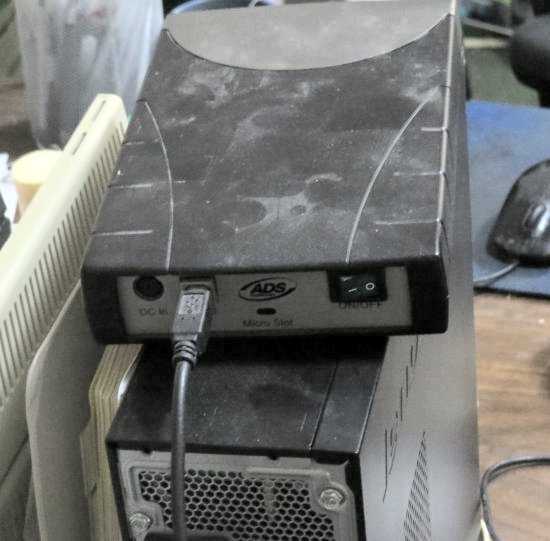
These three failed searches were the biggest disappointments of the whole undertaking. Close behind was my inability to find many electronic photos that I took with my two point-and-shoot cameras from 2005-2009. The files were lost when the hard drive on my laptop crashed. I had hopes that they might be on a very old external drive that for years had been plugged into a USB port on my computer. However, the device had a DC-in interface, but I located no such power cable. Furthermore, the company that marketed the drive in the U.S. for its Chinese manufacturer appeared to be out of business.
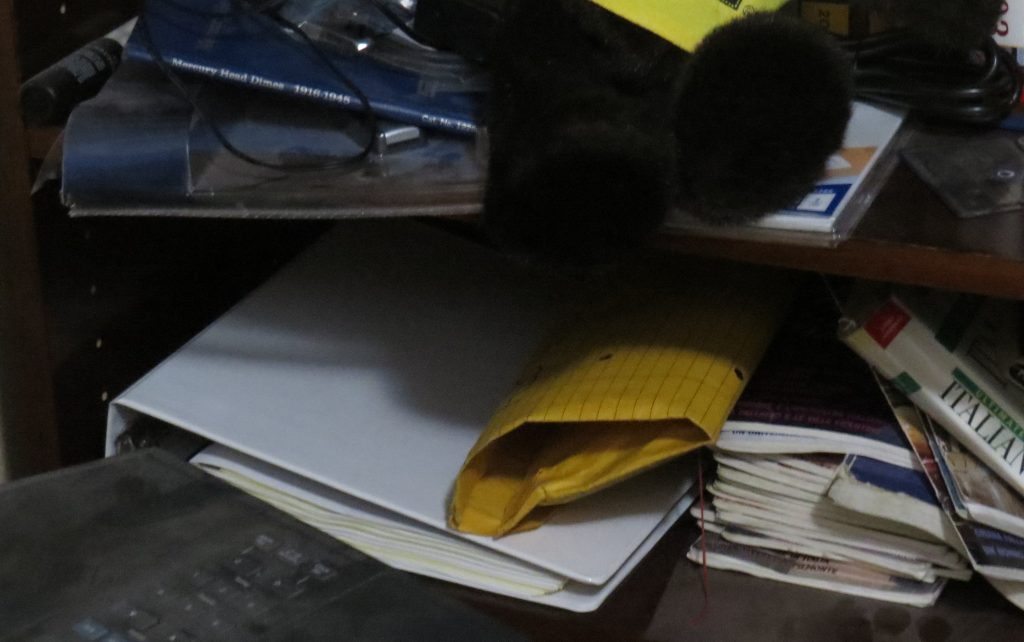
The most exciting discovery was an interoffice mail envelope that had been buried on a shelf in my office. They were beneath some three-ring binders and 9″x12″ envelopes that contained items from various trips. The envelope contained hundreds of photos that I had taken with disposable cameras in the late nineties and early two-thousands. About half were shots of employees at TSI’s AdDept clients, and some even had notations on the back identifying the people in the photos by name.
Whenever I found appropriate photos that Sue or I had shot, I used them in the blogs. Otherwise, I often looked on the Internet for whimsical or instructive illustrations. If I used something that I shouldn’t have, I will gladly donate a portion of the profits of this tome to a mutually agreeable charity.
I suspect that a cache of photos of the Wavada family is taking up space somewhere in our house. My family did not take a lot of photographs, but I remember that my mom kept a stack of them in the drawer of a round table in the living room. If I come across any, I will try to integrate them into the appropriate blog entries.
“Where are they now?”: I googled nearly everyone mentioned in any blog entry. If I could find any information about them, I included it, usually in a footnote. I tried to contact a number of friends and acquaintances. Only a few responded, but it gave me great joy to hear from them.
Of course, some of the people that I mentioned have died. The life expectancy of a male born in 1948 is only 73.1 years. If I make it to the end of September 2021, I will be in the upper fifty percentile.
1. My journals and books have been posted using programs that I wrote in php, a scripting language used to produce HTML code. The name of the language is an abbreviation of “personal home page”. It allows someone to produce web pages in almost any format, but getting started with it is not for the faint of heart. It was really designed for people who knew C or C++. I don’t, but it was close enough to BASIC that I managed to teach it to myself with a lot of help from online manuals and fora.

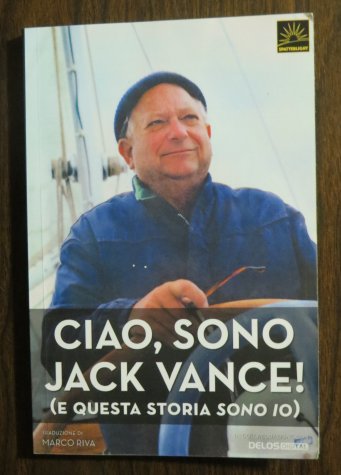



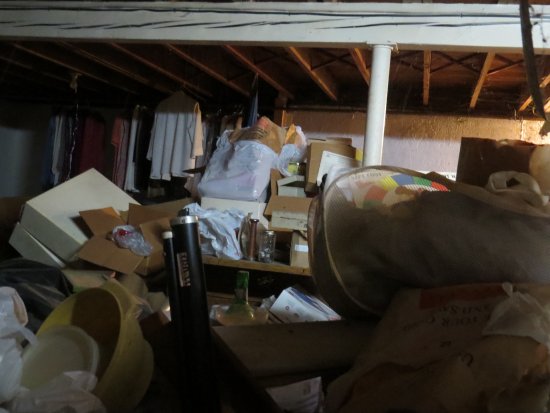
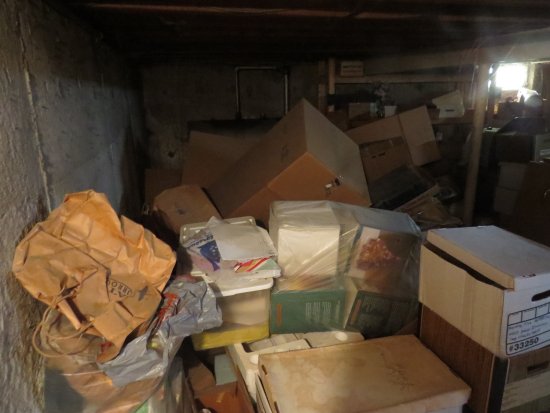
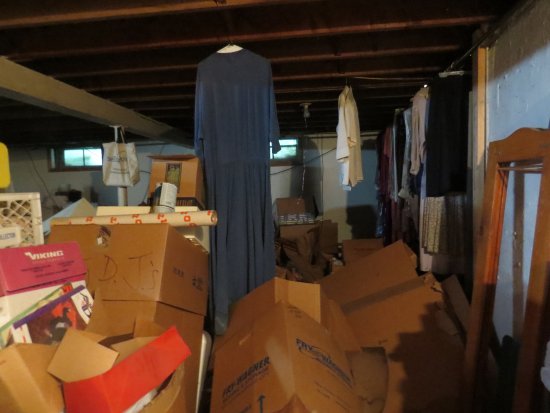

Pingback: 2021-2023 Bridge: Trying to Resign | Wavablog